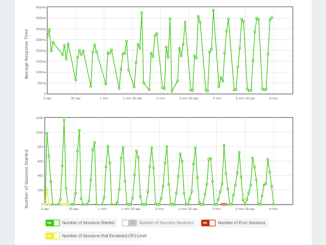Software Testing Articles, Blog Posts, Books, Podcasts and Quotes
In the modern day, software development process is not simply a measure; it is a mandate. Due to the growth in the size and intricacy of software applications, old-school testing techniques may prove inadequate. AI testing is where it is at, the new approach that leverages artificial intelligence.
In the ever-evolving landscape of software development, ensuring the security, reliability, and quality of software products is paramount. One critical aspect of this process is Software Composition Analysis (SCA), which plays a vital role in software testing and quality assurance.
In the competitive world of ecommerce, providing a seamless and secure shopping experience is paramount. Ecommerce website developers are crucial in creating platforms that function correctly and meet user expectations.
Ensuring your applications perform optimally under various conditions is crucial in today’s digital landscape. Load testing is a critical aspect of performance testing because it helps organizations identify and mitigate performance bottlenecks ensuring a seamless experience for your users.
Software as a Service (SaaS) has become an essential component of enterprises throughout the world as the digital era evolves. The SaaS model, which is expected to generate more than $462 billion in revenue by 2028, distributes applications via the Internet without the need for customers to install or update software.
In today’s fast-paced software development landscape, test automation is essential for ensuring software quality and accelerating delivery. Yet, without a well-defined strategy, you risk wasted resources and unmaintainable test suites. This article will guide you through crafting a complete test automation strategy that aligns with your organization’s goals and delivers long-term value.
Beta testing is a well-known term within DevOps circles. In the majority of cases, this type of examination represents the final stage of a website before it goes live. Anyone who is even mildly familiar with the principles associated with beta testing will normally cite its importance in relation to site functionality.








